Professional Programs Offer Innovation Through Cutting-edge Learning
By Rebecca Proch
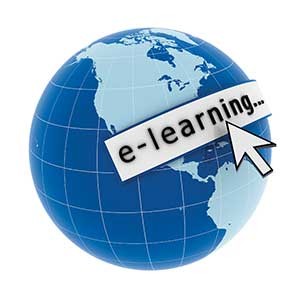
Ultimately, it’s about the people. They’re Peace Corps volunteers and prospective Hopkins students; nurses, patients, or patients’ families; doctors and social workers; even a sea captain. They come from all backgrounds and they live all over the world, but they’re working together toward a common goal: to improve care for the sick. It just so happens that at the same time, they’ve joined a swelling crowd on the digital frontier.
Who are they? These are registrants for the massive open online courses, or MOOCs, offered on the popular open ware course platform Coursera on behalf of the School of Nursing (JHUSON). They are the distance learning students enrolled in the nursing prerequisites offered online through the Johns Hopkins University School of Nursing’s Professional Programs. Together with the faculty and staff who develop and deliver the courses, they are headed down new paths on JHUSON’s educational landscape, where the idea isn’t necessarily to be the first but to always be the best.
In that light, the online versions of JHUSON’s popular prerequisite courses “Nutrition” and “Human Growth and Development” were initially offered in summer 2012 with little fanfare. Now offered through Professional Programs and held in summer, fall, and spring, those courses have tripled in enrollment since their launch and marketing projections indicate continued growth. “Biostatistics” joins them in fall 2013, and others are on the horizon.
In addition, Cheryl Dennison Himmelfarb, PhD, RN, and Johns Hopkins Hospital colleague Peter Pronovost, MD, developed “The Science of Safety in Healthcare” with guidance from JHUSON instructional design manager Robert Kearns. It’s the School’s first MOOC, launched in June. Like all Coursera offerings, “The Science of Safety in Healthcare” was free and open to anyone, regardless of background or educational level, and provided a Statement of Accomplishment rather than academic credit. It’s an experiment for JHUSON, but one that’s succeeding: Over 14,000 people enrolled. Dennison Himmelfarb also did an impromptu nationwide radio tour focused on the MOOC and others like it. Her interviews reached more than 1.3 million people.
“It has been exciting to see the high level of interest and engagement among the diverse group of participants in our course,” Dennison Himmelfarb says. “The MOOC model allows us to efficiently deliver important content that we hope will contribute to safer healthcare on a broad basis.”
Professional Programs has similarly high hopes for its next MOOC, on the topic of elder care. Now being developed by the JHUSON Center for Innovative Care in Aging, led by Laura Gitlin, PhD, the course begins in October and will be taught by Nancy Hodgson, PhD. Registration is now open at www.coursera.org/jhu. JHUSON will be among the first schools of nursing to offer Continuing Nursing Education (CNE) for it and future MOOC offerings.
Plans for Cutting-Edge Learning
These forays into the world of online learning are part of a plan that has been unfolding for more than four years, when an online version of the MSN program was first developed.
David Newton, executive director for Professional Programs, credits the far-sightedness of university leaders like Pamela Jeffries, PhD, RN, FAAN, associate dean for academic affairs. Newton calls Jeffries “visionary” in her cultivation of a team of experts committed to building curricula and courses for distance learning. He acknowledges, too, the intersection of this commitment with the emergence of ever more sophisticated tools, noting that “… like no time in the past, we can capitalize on an inventive and evolving technology. New crowdsourcing technology for discussion forums and grading large numbers of assignments are enabling professors to reach more students in one course than they would have in a lifetime.”
The focus, however, remains firmly on the needs of the students, not on the novelty of these tools. The process of designing the prerequisite courses began with identifying the subject areas most sought-after by students preparing to enter a nursing program. The evolution of the courses and their delivery methods are evaluated against the resources and engagement of the busy adults who take them, whether it’s the convenience of a smartphone app or the practicality of a variable-length course structure. To accommodate all students, as each class reaches its limit (35-50 registrants), another class is opened, with a pool of expert faculty ready to be tapped.
New Approaches to Learning
Thus far, the response to JHUSON’s online courses has been enthusiastic. Students in the prerequisite courses have offered such comments as “the best online course I’ve ever taken” and praised the level of contact with instructors and the value of the course.
At the heart of this excitement is the participatory, collaborative nature of the courses, with a variety of presentation tools that enable all types of learners to connect with the material and each other. Students share a wealth of experience from their diverse backgrounds and are quickly able to apply what they learn to real-life scenarios, bringing the curriculum to life in an immediate way.
For the faculty, it’s an opportunity to examine familiar subject matter from a new perspective and a chance to actively foster dialogue and mutual assistance among students in a way that not only enriches the experience but helps the instructor to engage those who might otherwise linger quietly in the virtual back row.
Newton gives a great deal of credit to the faculty who have become excited about the possibilities opened up through technology. “We’ve come a long way,” he reflects. “We’ve seen nothing short of a revolution over the last 15 years of how we deliver education.”
David Newton, executive director of Professional Programs at the Johns Hopkins University School of Nursing, on MOOCS and online learning:
What excites you about online learning within Professional Programs?
Being a part of something that is always evolving is definitely exciting. The diversification of our audience is also very intriguing as we move forward– nurse education will always be at the core of what we do, however we’re also working toward more and more interprofessional educational programs as well. I derive a great deal of my own personal job satisfaction knowing that my actions enable the good work of countless individuals that I will never meet.
What do you think drew participants to the Science of Safety in Healthcare MOOC on Coursera?
The great thing is that our content is being delivered in a manner for the casual learner– the person who might be interested in the topic area, but would never be able to come on campus or attend a professional conference. It allows the rich resources of the university and the amazing research of Johns Hopkins University faculty to be dispersed to a mass audience like never before.
Does the MOOC carry weight professionally, without accreditation?
The students actually drive the reputation of the MOOC by what they say about it in social media or through professional conversations with colleagues and this, in turn, drives what the marketplace value of the experience is. However, we’re also looking at how to have our courses approved for Continuing Nursing Education (CNE). We’re working through the early stages now, but our next Coursera course– which will be on the general topical area of elder care– may very well have the option of CNE contact hours.
What was the most surprising thing about the partnership with Coursera?
They have credibility and they have the ability to reach an audience that is – in all honesty – astonishing. For example, on the first day of enrollment for The Science of Safety in Healthcare, we had 400 students enrolled. Four hundred students before we had made any announcements concerning the course, or distributed press releases. All that drove them was the course “register” button going live on the website. Quite impressive.
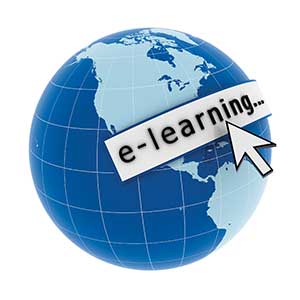
 The Returned Peace Corps Volunteer to Nurse Pipeline
The Returned Peace Corps Volunteer to Nurse Pipeline You’re Welcome
You’re Welcome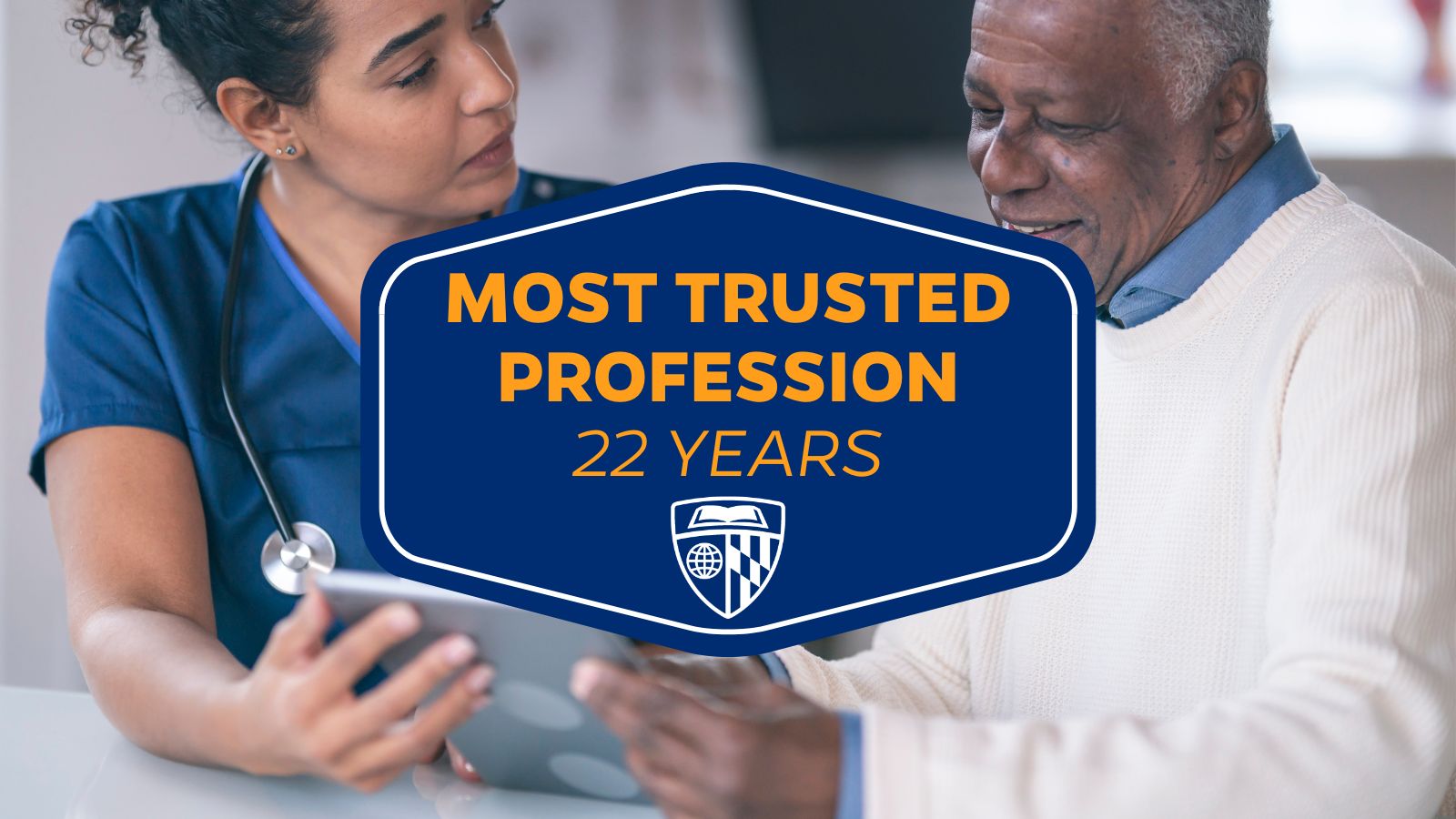 Nursing Named Most Trusted Profession for 22nd Consecutive Year
Nursing Named Most Trusted Profession for 22nd Consecutive Year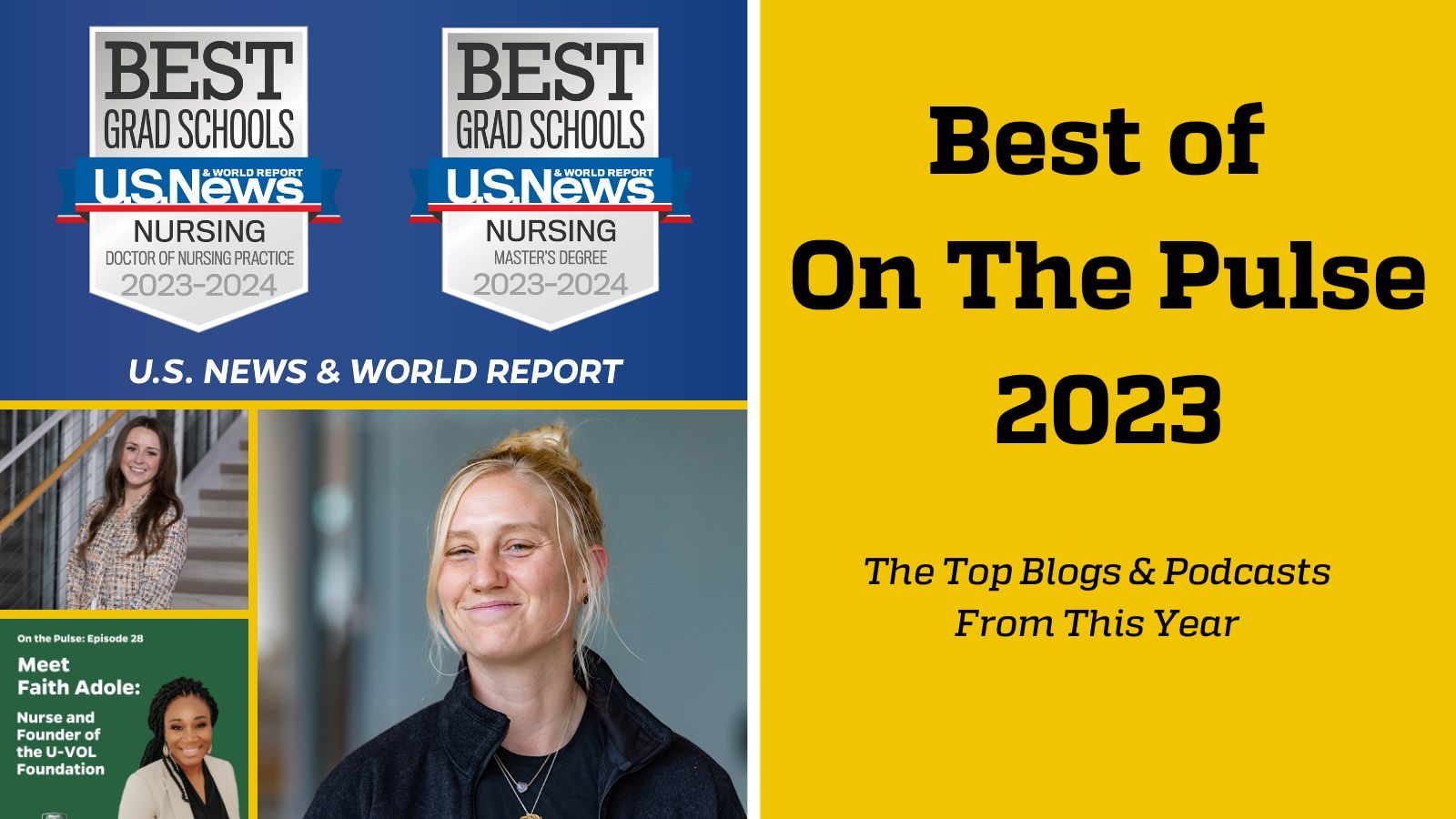 Best of On The Pulse 2023
Best of On The Pulse 2023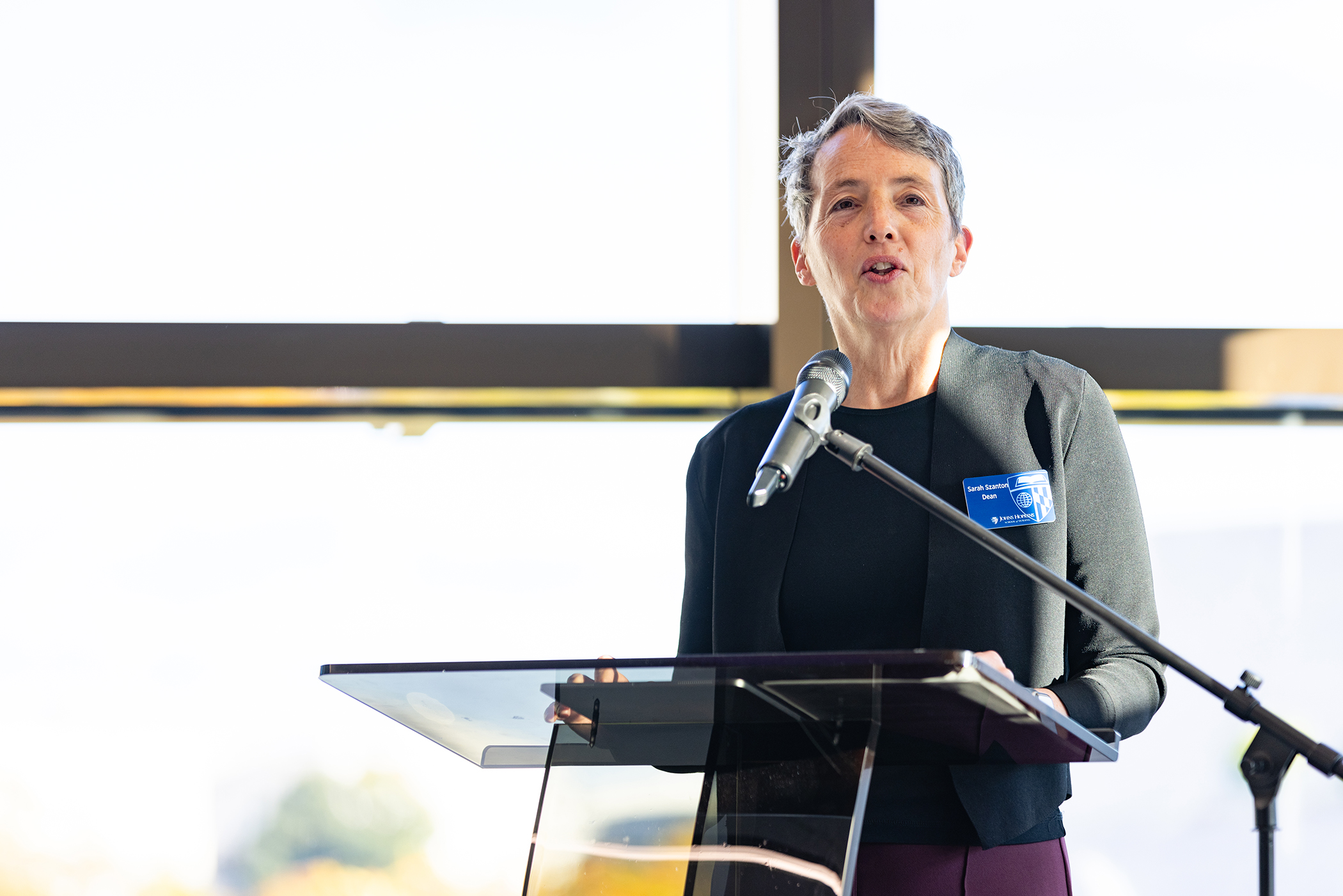 From the Dean: Here & Now
From the Dean: Here & Now






